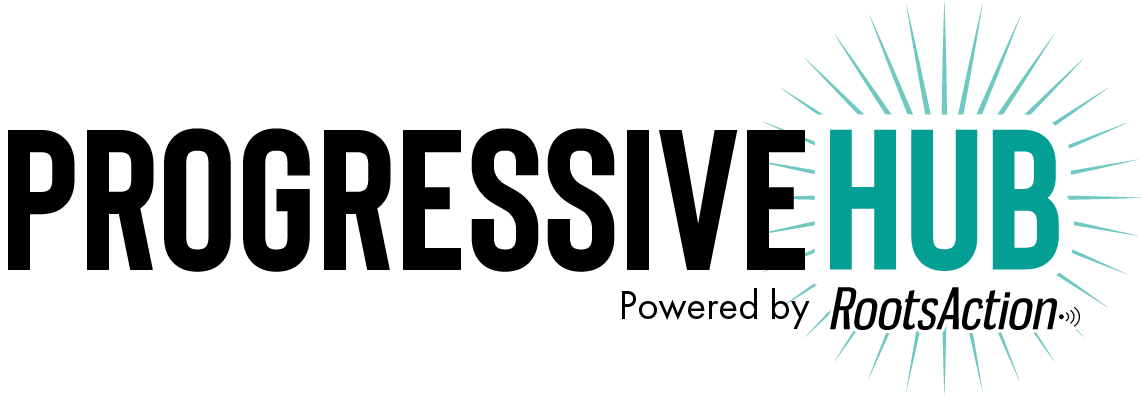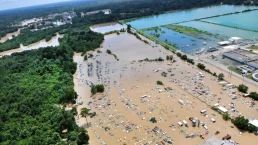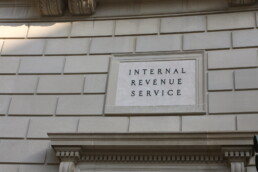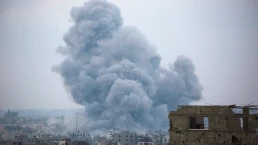A collective problem requires collective solutions.
By Matthew J. Haugen, Terrain
In 2020, only 4.7% of US energy consumption came from wind, solar, or geothermal sources, which means that we need a lot more renewable energy capacity (alongside electrification, demand reduction, and shutting down fossil fuel production). This will require more land use than our current energy system. Estimates vary on exactly how much, which will depend on variables like the amount of energy we end up deciding to produce, grid integration, technology, and how we deploy the generation infrastructure.
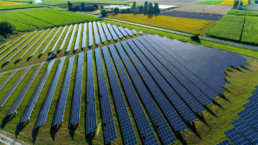
Right now, one of the most significant barriers to installing more renewable energy capacity is siting. Myriad federal, state, and local laws dictate where renewables can be placed. A recent National Renewable Energy Laboratory (NREL) study concluded that setback requirements—how far turbines must be from certain structures—are “the largest siting barrier to wind deployment.” Local opposition has stalled or stopped many proposed projects and has often been backed by fossil fuel interests. Residents’ stated concerns vary widely from place to place, including ecological damage, unsightly views, lowered property values, noise, and health and safety. Some of these concerns are more valid than others, to put it mildly; corporate astroturf campaigns and Facebook-driven misinformation often muddy the waters.
Transitioning to a sustainable energy system will also require upgrading our aging and decrepit energy infrastructure and building out more electricity transmission capacity to both connect renewables to our grids and connect our grids to each other. Another NREL study found that creating a national “supergrid” via modernization and interconnection would accelerate solar and wind adoption, eliminate 35 megatons of carbon dioxide emissions per year, and save consumers $3.6 billion per year. This would prevent situations like last year’s deadly winter power outages in Texas and mitigate the intermittency issues with renewable energy. Unfortunately, attempts to build much-needed new transmission lines have also been seriously hindered by local opposition, especially by the wealthy.
Recent Posts
‘Unconstitutional. Unethical. Authoritarian.’ ICE Bars Millions Of Immigrants From Bond Hearings
July 18, 2025
Take Action Now One watchdog said the new policy “seems like a blatant attempt to stop them from exercising their right to due process.”……
Americans Are Not Nearly Alarmed Enough About Climate Change
July 18, 2025
Take Action Now Americans still don’t comprehend how imminent, dangerous, and far-reaching the threat is—and journalists are partly to blame.By…
The IRS Is Building A Vast System To Share Millions Of Taxpayers’ Data With ICE
July 17, 2025
Take Action Now ProPublica has obtained the blueprint for the Trump administration’s unprecedented plan to turn over IRS records to Homeland Security…
Israel’s Sudden Assault On Syria Is Unchecked Aggression
July 17, 2025
Take Action Now Jerusalem is bombing Damascus and threatening al-Sharaa’s rule, while Washington was hoping to help the nascent government on…
